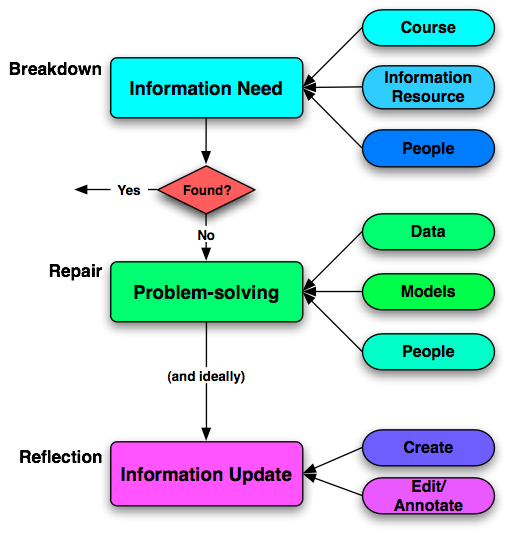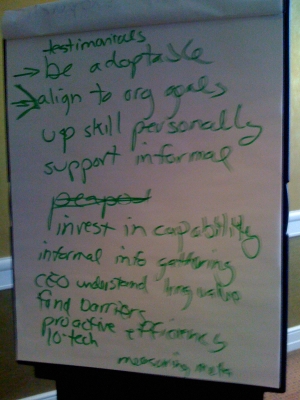For the Working/Learning blog carnival, the topic is, as always, “work at learning, learning at work”. Last time I participated (almost a year ago), I talked about how learning should be fun, so you shouldn’t be working at at, it really should be ‘hard fun’. I want to expand on that topic, as there are probably characteristics that make it fun or not.
Most people who have hobbies invest time and money in equipment, practice, learning, and more. If you love what you do, it’s as much avocation as vocation, learning about it should be fun. You’ll naturally be tapping into how to continue to learn.
For example, I love what I do, so I was thrilled to be able to follow the eLearning Guild‘s recent conference through Twitter (great as always, apparently); in particular Craig Wiggins, Eric Wilbanks, and heroically, John Zurovchak were really tracking the sessions they were in, bringing the content out and even bringing our queries in. Their passion showed through, and fanned mine.
Of course, if you don’t love what you do (you work to live, as they say), there’s a different situation. Ideally, at least you’re doing something you prefer, and you just need to tap into the elements you like as motivation. Frankly, while it should be incumbent on learning designers to help make it motivating, it’s also incumbent on the learner to take responsibility for learning too. We, as learning folks, can’t make anyone learn, we can only create conditions for learning.
We should, however, be sensitive, and help our learners tap into their inner motivation, take responsibility for learning, and develop their abilities to learn. If we do that, we’ve helped make it so you’re not working at learning, just learning and working.


